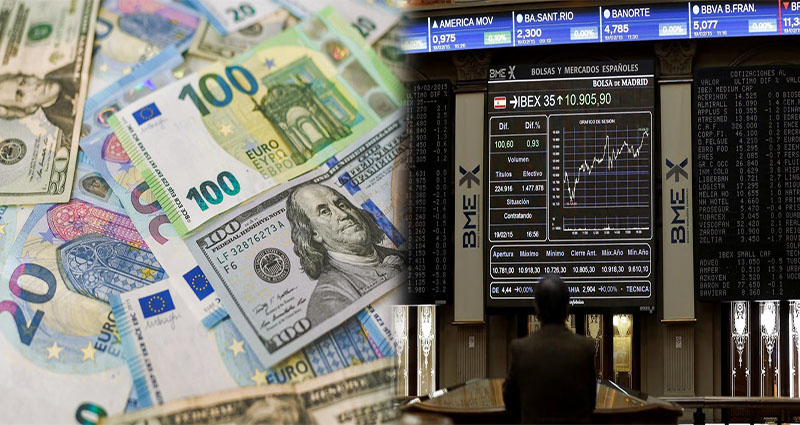The use of mathematics in economics is a great tool for the study of economic phenomena. It gives economic theory a concrete form, and helps make economics more practical and logical. It also makes it easier to understand relations and derive results, which is often difficult to do using verbal logic alone.
Mathematical economics is a method of economics
Mathematical economics uses mathematical principles to analyze and predict economic behavior. This method is often used to develop economic theories and policy measures. Because it relies on mathematics, economic theorists are able to make precise predictions and inferences. They also can use quantitative data to test their theories and predictions.
Mathematical economics has paved the way for genuine economic modelling. These models are particularly useful in day-to-day economic policymaking. While there are many qualitative approaches to economic analysis, econometrics aims to translate qualitative statements into quantitative ones. Moreover, it can provide a clearer understanding of politically charged topics.
It allows economists to formulate testable hypotheses
The use of mathematics in economics involves formulating testable hypotheses and conducting repeatable studies to test them. The main purpose of this method is to model a particular situation and determine if it will lead to a specific outcome. One example of such a model is the Black, Scholes, and Merton theory, which presents a mathematical model of stock price movement. This theory combines the riskless investment theory and the option pricing theory to model the movements of stock prices.
Using mathematics in economics can help economists develop testable hypotheses that are based on general numbers. Economists use algebra to represent these general numbers. They can also simplify them using basic math operations. Economists need to be flexible when formulating theories, and algebra allows them to do this.
It is a complementary discipline to econometrics
Historically, mathematics and economics have been complementary disciplines. In fact, most branches of modern economics use mathematical techniques extensively. The application of mathematical methods in economics has been particularly helpful in answering questions related to monetary policy. For example, central bankers want to know what effect changes in official interest rates will have on inflation and the rate of economic growth. For this purpose, economists turn to econometrics and mathematical economics. They also use the techniques of these two disciplines to solve optimization problems.
Mathematical economics uses mathematical tools to model economic phenomena and make accurate predictions. It also helps economists use statistical data to validate their conclusions and test their hypotheses. The use of quantitative methods in economics has become a standard part of economics, as it allows researchers to test their theories.
It is a tool for understanding economic phenomena
In economics, mathematics is a crucial tool for making sense of economic phenomena. It helps to make arguments more clear and to predict the future using numerical values. For example, after the Second World War, economists began relying more heavily on mathematical models of physics. They believed that these models could serve as powerful descriptors for social science. In addition, it can help predict the future of economic phenomena such as the price of fuel. For example, using historical trends, we can predict future fuel prices and extrapolate them to determine future demand.
Many economists use mathematics to analyze the effects of different economic phenomena, including inflation and the economic effects of taxes. However, it should be remembered that math is not the only tool available to economists, and it does not explain everything. Statistical data is also essential for interpreting economic theories.










